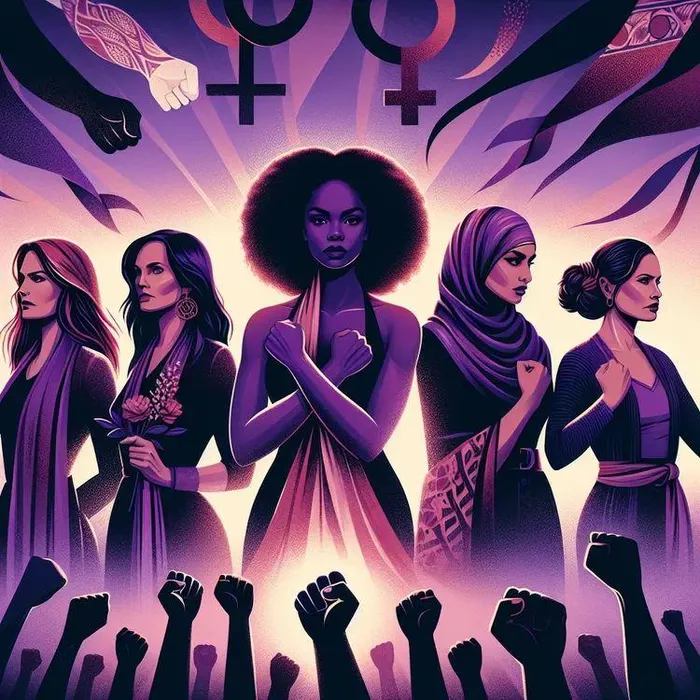Beyond declarations: The real fight against South Africa's GBV crisis

Friday's marches are not just as how of solidarity; they are a powerful demand for change. Women from all backgrounds are coming together, insisting that their voices be heard and their safety prioritised.
Image: Ron
As thousands of women march across South Africa on Friday to protest the relentless tide of gender-based violence (GBV), President Cyril Ramaphosa has declared it a national disaster. The call for urgent action has never been louder.
The statistics are shocking: every day, around 15 women are murdered, beaten, or left for dead. Yet, the silence from those in power is deafening.
Take the tragic case of Hermalise Wenn, who was allegedly beaten and stabbed to death by Clinton Moses,35, on October 19, despite having a protection order against him. This heartbreaking incident shows the failures in our system, where even legal measures meant to protect women can be useless.
How many more lives must be lost before we see real action? President Ramaphosa has made bold promises in the past about GBV. Yet, little has changed in enforcement or accountability.
Friday's marches are not just as how of solidarity; they are a powerful demand for change. Women from all backgrounds are coming together, insisting that their voices be heard and their safety prioritised. Declaring GBV a national disaster acknowledges how serious the crisis is and helps mobilise the resources needed to fight this epidemic effectively.
As we stand with those marching today, we must push for a society where women can live without fear. The government must listen and act decisively, because the lives of countless women depend on it.
Promises are no longer enough; we need action that speaks louder than words.
Government policies like the National Strategic Plan on GBVF must be backed by real changes in how we respond to victims and survivors of GBV.
Many women who suffer domestic abuse or rape are reluctant to speak out because they feel ashamed or afraid. What is needed is a change in mindset, a transformation in how men see women and how women see themselves.
Boys need to learn how to treat women; if they see male authority figures mistreating women, they are likely to model that behaviour as adults, often without realising it. Schools also play a role in shaping children.
Encouraging young people to talk about GBV and discussing male-female roles is crucial to challenge gender stereotypes and break the stigma around GBV, especially when it comes to talking about it.